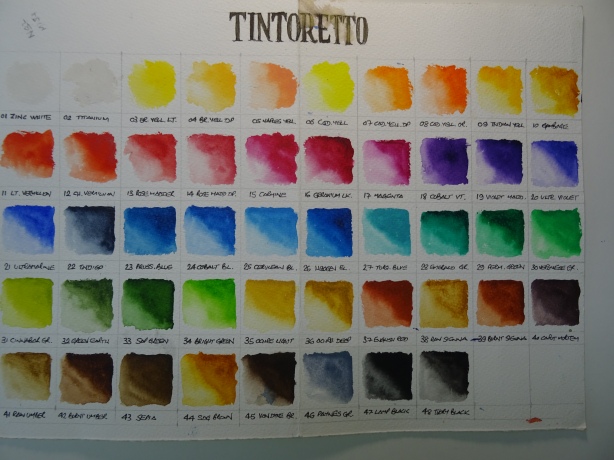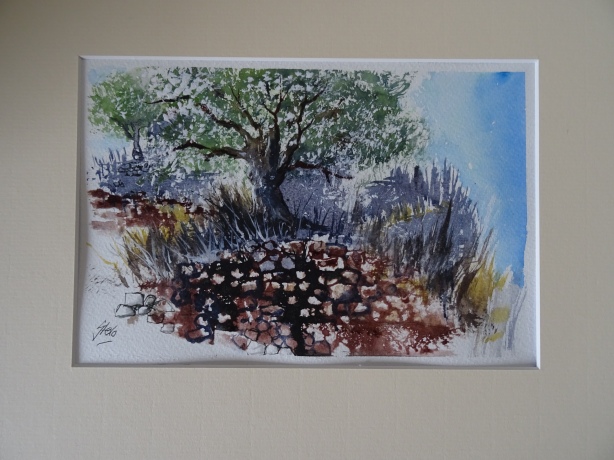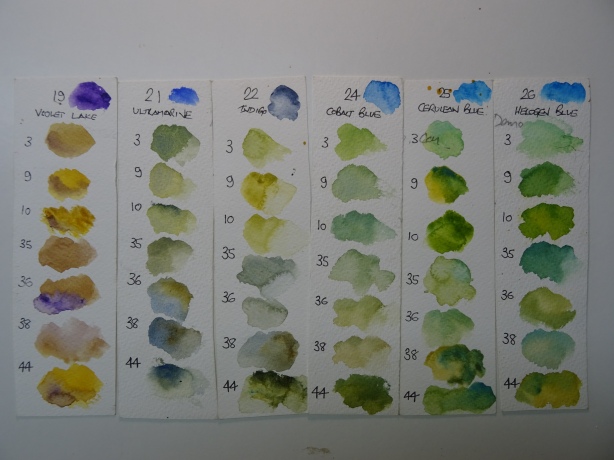TONAL PAINTING
Whenever I teach a course, one of the first lessons, for beginners to Watercolour painting is usually how to paint in just one colour. Also known as tonal painting.

Using just one colour forces you to observe the tonal qualities of a scene. Appreciating it’s tonal values, and how to achieve the resulting recession gives paintings distance, and avoids flat paintings.
When I teach students from around the World I first get them to ‘really look’ at a scene and to analise how many layers, or ‘planes’ are in the scene. Let me explain…..
I usually advocate painting watercolour landscapes from light to dark so taking the example of a close up of one of my own paintings called ‘The Windmill and The Islands’ the order I painted it was as follows:-
- THE SKY
- THE DISTANT HILLS
- THE MID DISTANCE ISLAND AND LIGHTHOUSE
- THE FOREGROUND WATER
- THE WINDMILL
So this scene has FIVE PLANES, EASY !
Although the sky in this painting is quite dark, this is usually the order to paint it, and sometimes a scene can have as many as say 8 planes. What happens is that as you paint the painting the colour gets both darker and also warmer as you move forward into the main point of interest, in this case the windmill.

q. Ah but how do you do that as a beginner ?
a. Try this little experiment with say a Sepia colour.
Take a palette and put a little Sepia (any colour will work) in each of the wells. Load a brush with one dip of water and mix all of the paint into it thoroughly for the darkest tone (number 5 on the right above) paint it onto your test strip of watercolour paper.
Now add say three brushfulls of water for number 4, then say 6 brushfulls for number 3. Keep increasing the amount of water until you get to the lightest tone, number 1. Now in your palette is your paint ready mixed for your tonal painting.
So now use your paint in well one (the lightest tone) to paint your sky, then move forward in your painting using ever darker colours.
Painting tonally like this is a great way to sketch too, and you only need one tube of paint. It was a technique I used when demonstrating on a night outside a gallery under street lights. It was impossible to paint in colour under the yellow lights, but easy painting tonally.
The resulting paintings also have a harmonious feel too.

SO GO ON GET TONAL !
HAPPY PAINTING !
Martin (aka artstevo)
Please feel free to subscribe or comment on my blog




